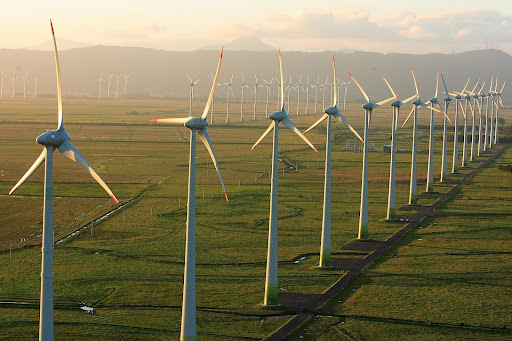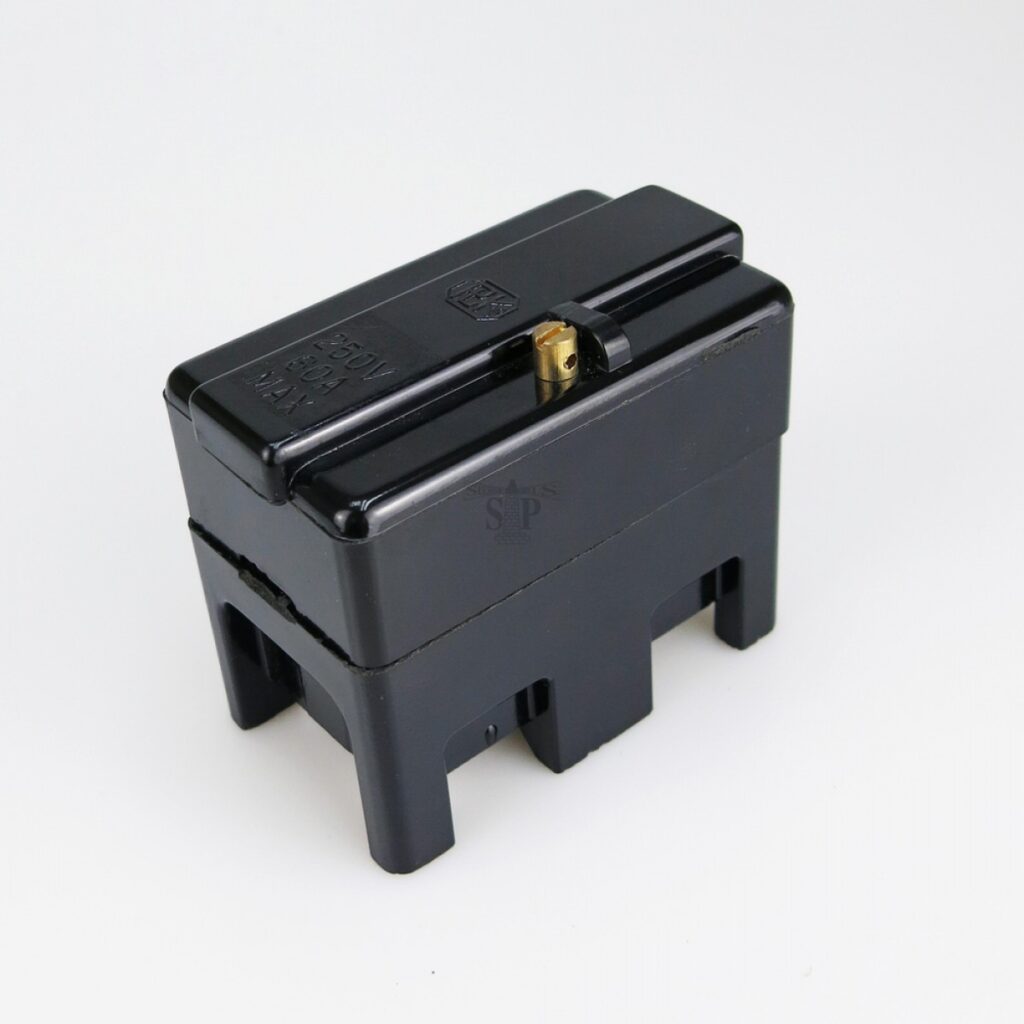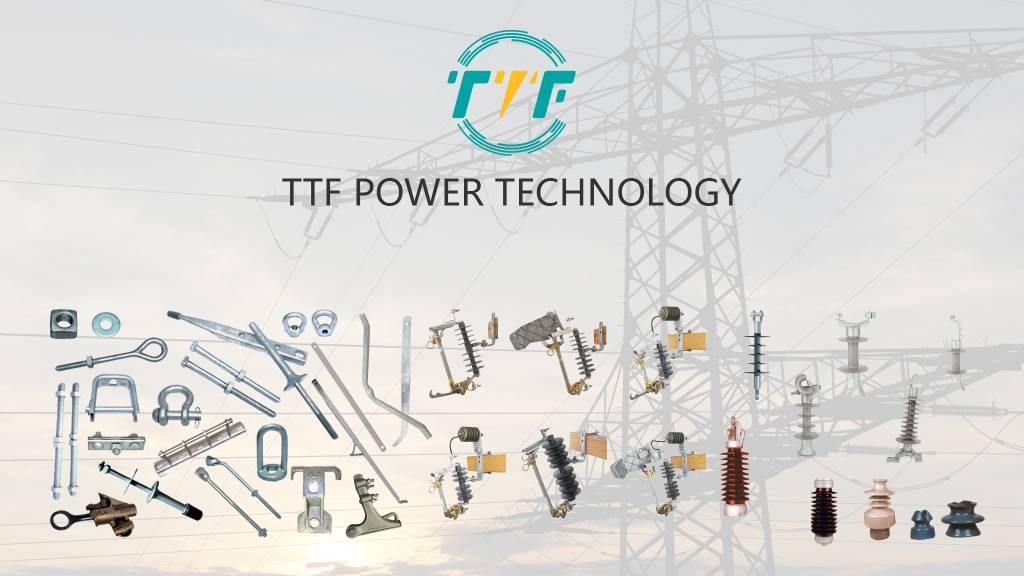
Darby International Capital has launched the Kairos Wind Park in Brazil, which will enable energy sustainability. The wind park has a total capacity of 112.5 MW, generated by 25 wind turbines. This energy is enough to supply the city. All the turbines were built in Aquiraz, bolstering the local economy and establishing the region as a hub for wind power equipment production. The wind park helps Brazil achieve its renewable energy targets, economic growth, and environmental sustainability. The project takes advantage of Brazil’s tremendous wind resources to help the country transition to a more robust energy grid. The wind park also enhances Brazil’s installed wind energy capacity, helping to meet the country’s goal of growing renewable energy sources. This also supports Brazil’s commitment to the Paris Agreement and targets for reducing greenhouse gas emissions. A cutout fuse protects wind farms electrical infrastructure.
Wind farms in Brazil need a reliable distribution network to transport electricity from turbines to substations. Transformers and overhead distribution lines are protected by cutout fuses, which isolate damaged parts. It assures safe operation, reduces equipment damage, and minimizes downtime in the event of an electrical malfunction. Cutout fuses assist keep the grid stable by disconnecting only the afflicted segment during a failure. This is critical in remote wind farms where timely repairs are difficult. Also, the fuses safeguard wind turbines and other electrical equipment from lightning-induced surges. Cutout fuses protect transformers, ensure grid dependability, and avoid lightning damage in Brazil’s wind farms.
The significance of a cutout fuse in Brazil’s wind park construction
A cutout fuse is a critical component in electrical systems, such as those employed in Brazil’s Kairos Wind Park. The fuse is a protective device that ensures the electrical infrastructure’s safety, dependability, and efficiency. They protect important equipment, improve grid stability, and help to integrate wind energy into the national system. They are affordable, long-lasting, and simple to maintain. Here’s why a cutout fuse is so important in Brazilian wind park development.

- Overcurrent protection—a cutout fuse is able to interrupt electrical circuits in the event of overcurrent. This prevents damage to transformers, cables, and other equipment in the wind park.
- Transformer protection—cutout fuses are installed on the primary side of distribution transformers to protect them from overcurrent. This ensures the continuous operation of the wind park and prevents disruptions in power generation.
- Grid stability and reliability—a cutout fuse helps maintain grid stability by isolating faults and preventing them from spreading to other parts of the electrical network.
- Ease of maintenance and replacement—cutout fuses are simple to replace when they blow due to a fault. This reduces downtime and maintenance costs for the wind farms.
- Renewable energy integration—integrating renewable energy into the grid—needs robust electrical protection systems. The cutout fuse plays a crucial role in ensuring the smooth integration of wind-generated electricity.
- Reducing environmental impact—a cutout fuse helps reduce the environmental impact of wind park operations. This aligns with Brazil’s commitment to sustainable development and reducing the environmental footprint of its energy sector.
Challenges encountered during the Kairos Wind Park development
Darby International Capital’s building of the Kairos wind farm in Brazil may have encountered some problems. The problems may be financial, technical, regulatory, environmental, or social in nature. Overcoming these obstacles may have necessitated meticulous preparation, community engagement, and creative solutions. The following are some of the probable issues that may arise during the establishment of the wind park in Brazil.

- Permitting hurdles—obtaining the necessary permits and approvals from government agencies can be complex in Brazil. Working closely with local authorities and engaging legal authorities could help navigate the permitting process.
- Grid connection and infrastructure limitations—integrating a large-scale wind park into Brazil’s existing grid infrastructure can be challenging. Grid connection delays can hinder the project’s ability to deliver electricity to consumers.
- Climate and weather risks—Brazil faces extreme weather events like heavy rains and strong winds. These can disrupt the construction and operation of the wind farms.
- Supply chain—sourcing and transporting wind turbines, blades, and other equipment can be challenging. This can delay construction and increase costs.
- Operational and maintenance challenges—maintaining wind turbines in remote locations can be challenging and costly. High maintenance and operational costs can affect the project’s profitability.